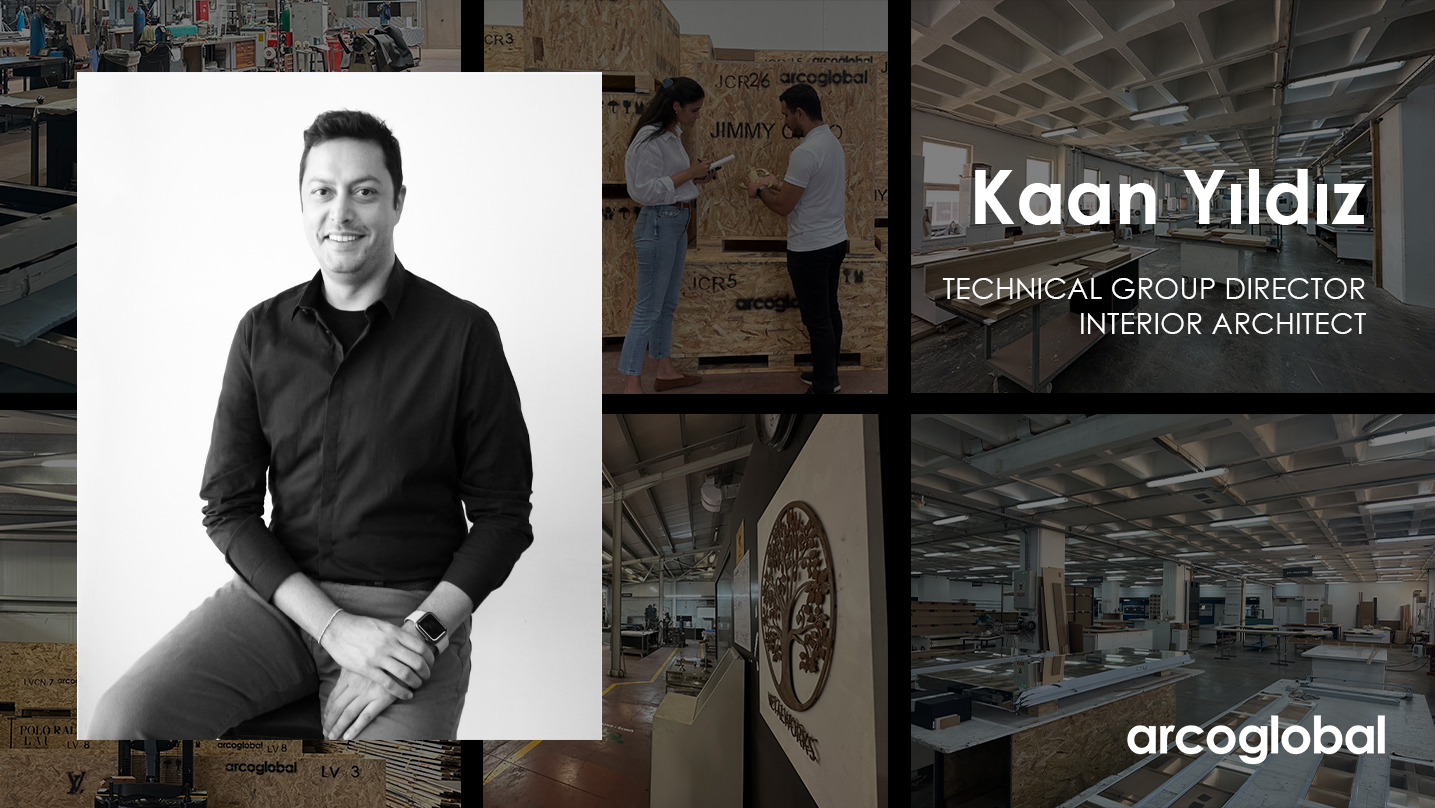with us
A DEEP DIVE INTO THE MANUFACTURING PROCESSES OF WOODEN AND METAL FURNITURE IN THE LUXURY RETAIL SECTOR
17.11.2024
|
|
Furniture in the luxury retail sector stands as the apex of craftsmanship and design, where every detail is carefully crafted to evoke richness and refined taste. Behind the allure of luxury wooden and metal furniture lies a complex manufacturing process that seamlessly blends tradition with innovation, while also embracing sustainability as a fundamental principle. The increasing diversity of materials used in this process should also be considered as another dimension of this topic. This process can be described under several headings. Manufacturing Processes of Wooden and Metal Furniture in Luxury RetailLuxury furniture production starts with selecting top-quality materials for their exceptional qualities and aesthetic appeal. The production process varies for wooden and metal furniture, each requiring different techniques and expertise. Therefore, the engineering and planning process before production is crucial. For instance, craftsmen begin by selecting raw timber for solid wood furniture and meticulously inspect each piece for grain patterns, colour consistency, and structural integrity. Then, depending on the desired design and complexity, the wood is cut, shaped, and joined using traditional woodworking techniques or advanced machinery. Complicated carvings and details can be added by hand to infuse the furniture with character and uniqueness. Metal furniture manufacturing requires precision engineering and craftsmanship. Metal sheets and profiles are carefully cut, bent, and welded at each step to create the desired structure while paying attention to detail to ensure flawless application. Finishing techniques such as polishing, powder coating, or plating are then applied to enhance durability and aesthetic appeal, creating furniture pieces that exude sophistication and elegance. |
|
|
 |
|
|
Critical Details in Wooden and Metal Furniture Production ProcessesIn both wooden and metal furniture production, attention to detail is crucial to achieve the desired level of craftsmanship and quality. Many units require the integration of various materials such as wood, metal, glass, marble, and fabric with the most accurate details. For wooden furniture, the choice of joinery techniques and finishing methods can significantly impact the durability and aesthetics of the final product. Traditional joinery methods such as dovetail and mortise-and-tenon joints are favored for their strength and longevity, while advanced connection devices can also be used. Surface finishing materials, such as varnish, paint, or oil, are typically applied by hand to enhance the wood's beauty. Similarly, in metal furniture production, precision is crucial in ensuring structural integrity and visual consistency. Flawless welds, smooth surfaces, and luxury metal furniture are distinguished from mass-produced alternatives by fundamental details. Each weld detail is carefully ground and polished to create a flawless surface, while special coatings or patinas can be applied to achieve the desired aesthetic effect. The Role of Sustainability in Furniture ProductionIn an era of increasing environmental awareness, sustainability has become a crucial aspect of responsible production practices, including luxury furniture production. The sustainable sourcing of materials such as FSC-certified wood and recycled metals ensures that furniture production does not contribute to deforestation or resource depletion. Furthermore, the adoption of eco-friendly production processes, such as the use of water-based finishes and energy-efficient machinery, can minimize environmental impact and reduce carbon emissions. Many luxury furniture brands also prioritize longevity and durability in their designs, creating pieces that withstand the test of time and reduce the need for frequent replacements. The manufacturing processes of wooden and metal furniture in the luxury retail sector are fusion of artistry, craftsmanship, and sustainability. From selecting high-quality materials to paying careful attention to detail, every aspect of the production process reflects a commitment to excellence and environmental stewardship. As consumers increasingly prioritize ethical and sustainable practices, luxury furniture brands embrace innovation, creativity, and high engineering to create timeless pieces that resonate with discerning customers while safeguarding the planet for future generations. |

